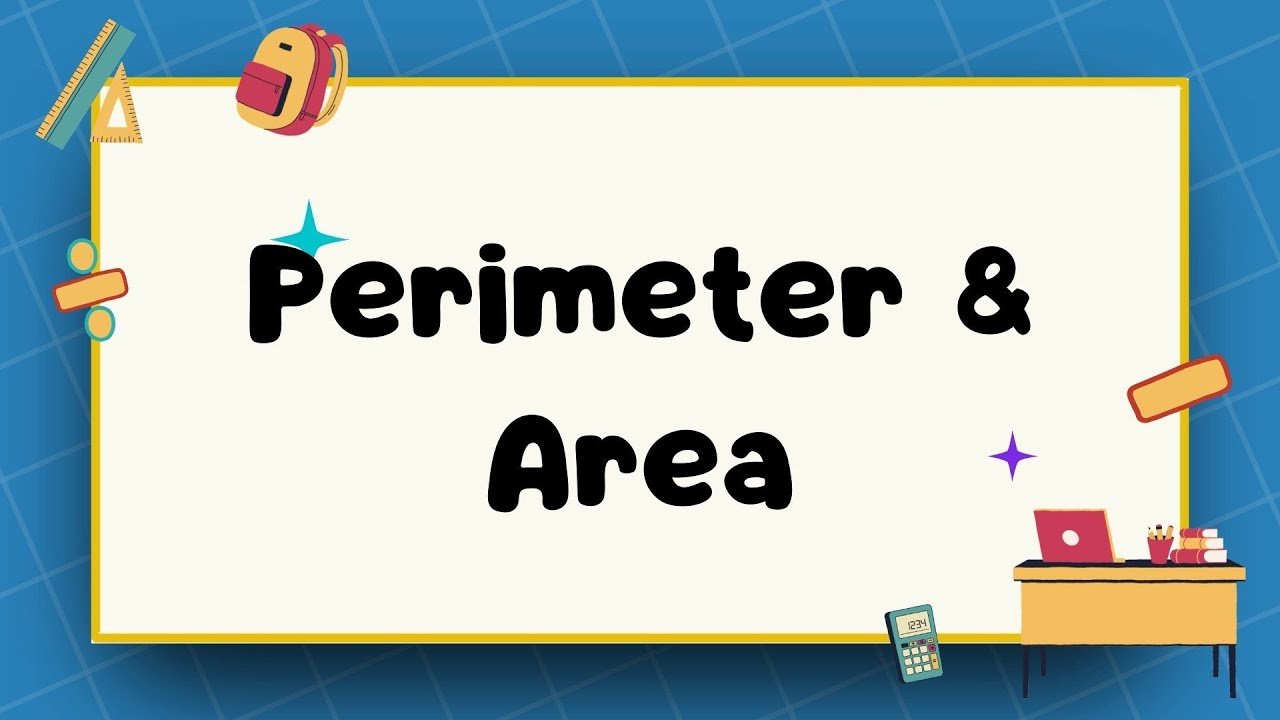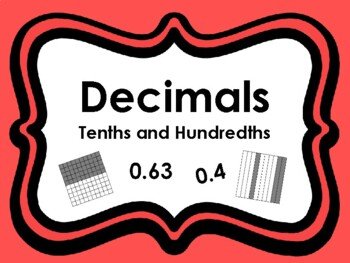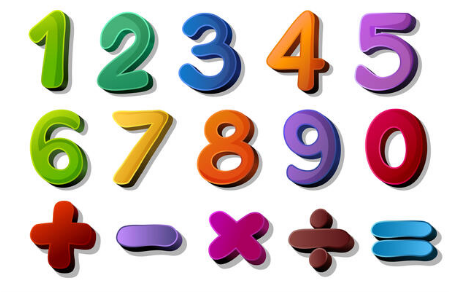Full Screen
Comprehension
The numerator is 3.
The denominator represents the total number of equal parts in the whole.
It is an improper fraction.
A mixed number is written as a whole number combined with a fraction, like 2 1/2
A proper fraction is a fraction where the numerator is less than the denominator, like 2/3.






